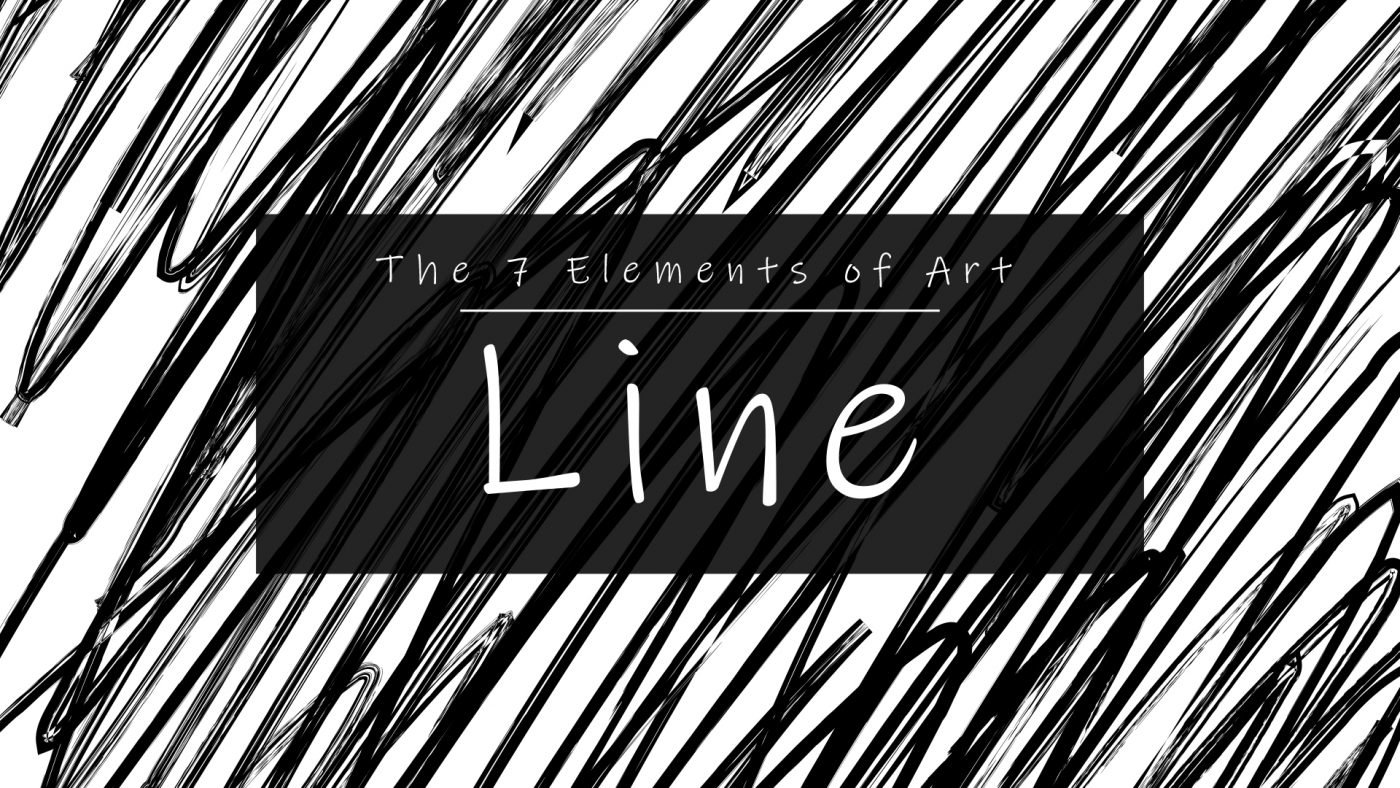No products in the basket.
The 7 Elements of Art
The 7 Elements of Art: Line
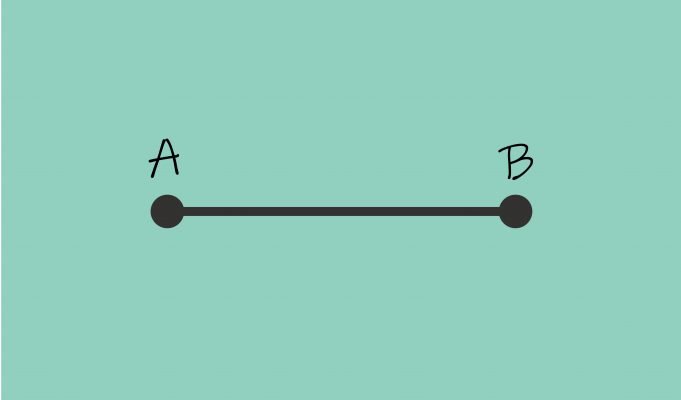
Watch this lesson for free on our YouTube channel
Free Lesson on the 7 Elements of Art by artist Lillian Gray
This is a video and blog series teaching the 7 Elements of Art in an easy-to-understand way. The series consists of 7 lessons presented by artist Lillian Gray.
Using Line effectively as an Element in your Art
Today’s lesson is about one of the seven elements of art – Line. A line is simply a mark that is longer than what it is wide, so it’s simple right, every line is just a point A to B, or is it?
A line is a dot going for a walk – Paul Klee
Paul Klee said a drawing is a dot that simply went for a walk and he was right. But as artists we need to concern ourselves with how that dot walks exactly: is he running, strolling, whistling, excited, or simply too tired to move a muscle. This is where line quality comes in.
Line Quality

Line quality refers to the thickness or the thinness of a line, boring line quality has no personality, the line is the same thickness all the way through, done at the same speed. Good line quality varies in thickness, speed, and movement – you can feel the artist’s emotion, you can almost see the artist’s hand making the stroke. It’s the gestural language of the artist. This is one exciting dot or maybe it’s freaked out – it depends on how you look at it. What is important is that it conveys emotion.
Various Kinds of Lines
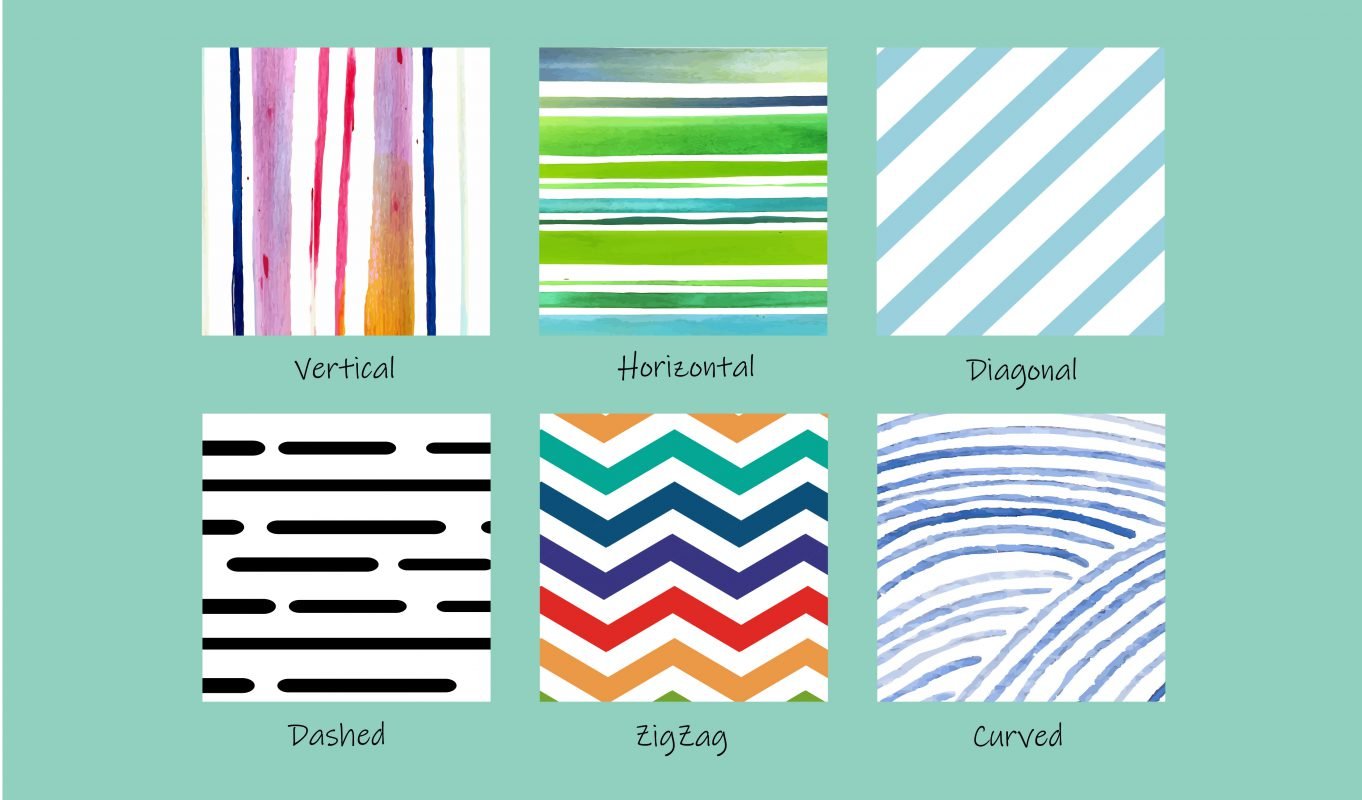
You get various kinds of lines, let’s look at some basic types of lines: we often see vertical lines, horizontal lines, diagonal lines, dashed lines, zigzag lines, and curved lines.
Contour Lines
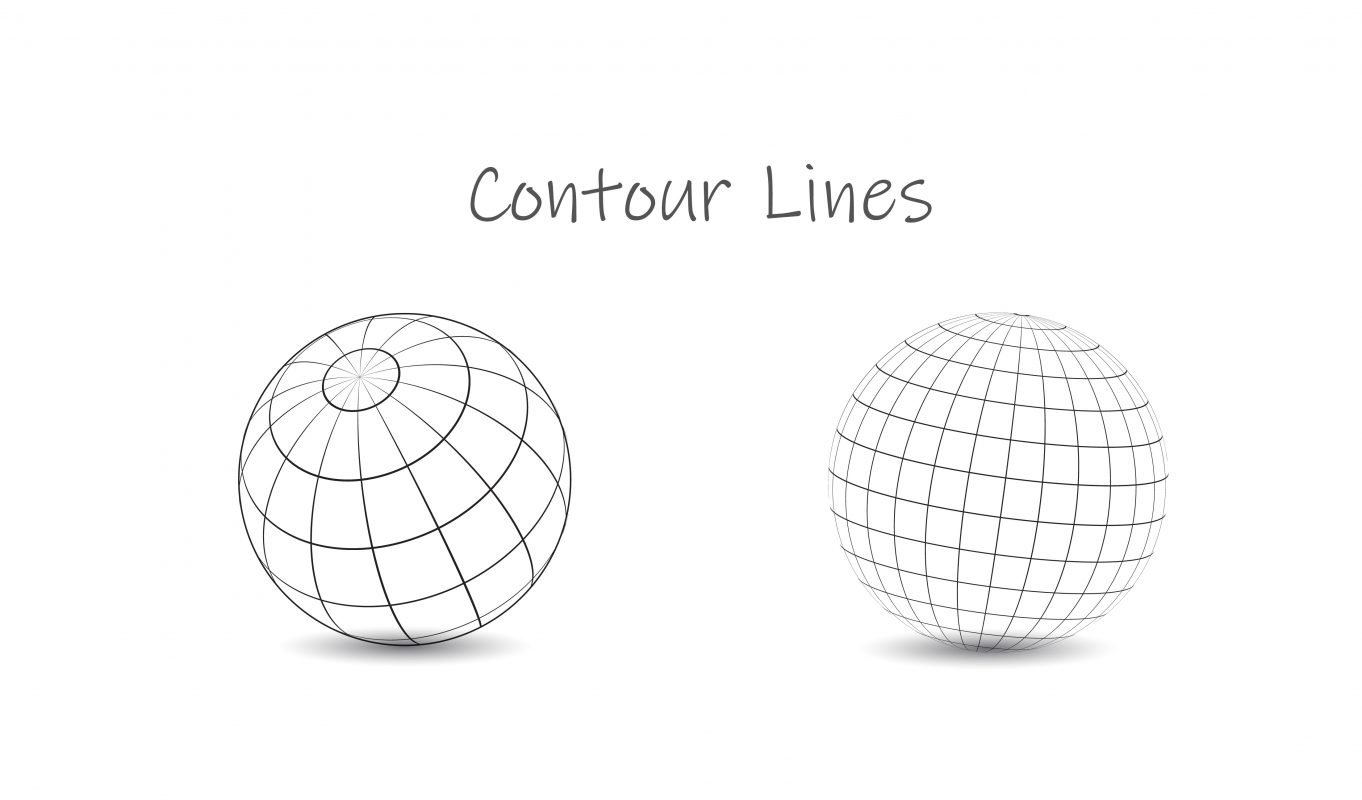
Let’s look at contour lines – contour is the French word for the outline but it can also refer to the little in and out and dents and curves of a form. In art when we talk about contour lines, we either mean outline or the cross contour the line that follows the contour of the object and emphasizes the form. For more detail on contour lines please be sure to watch my video on contour drawings.
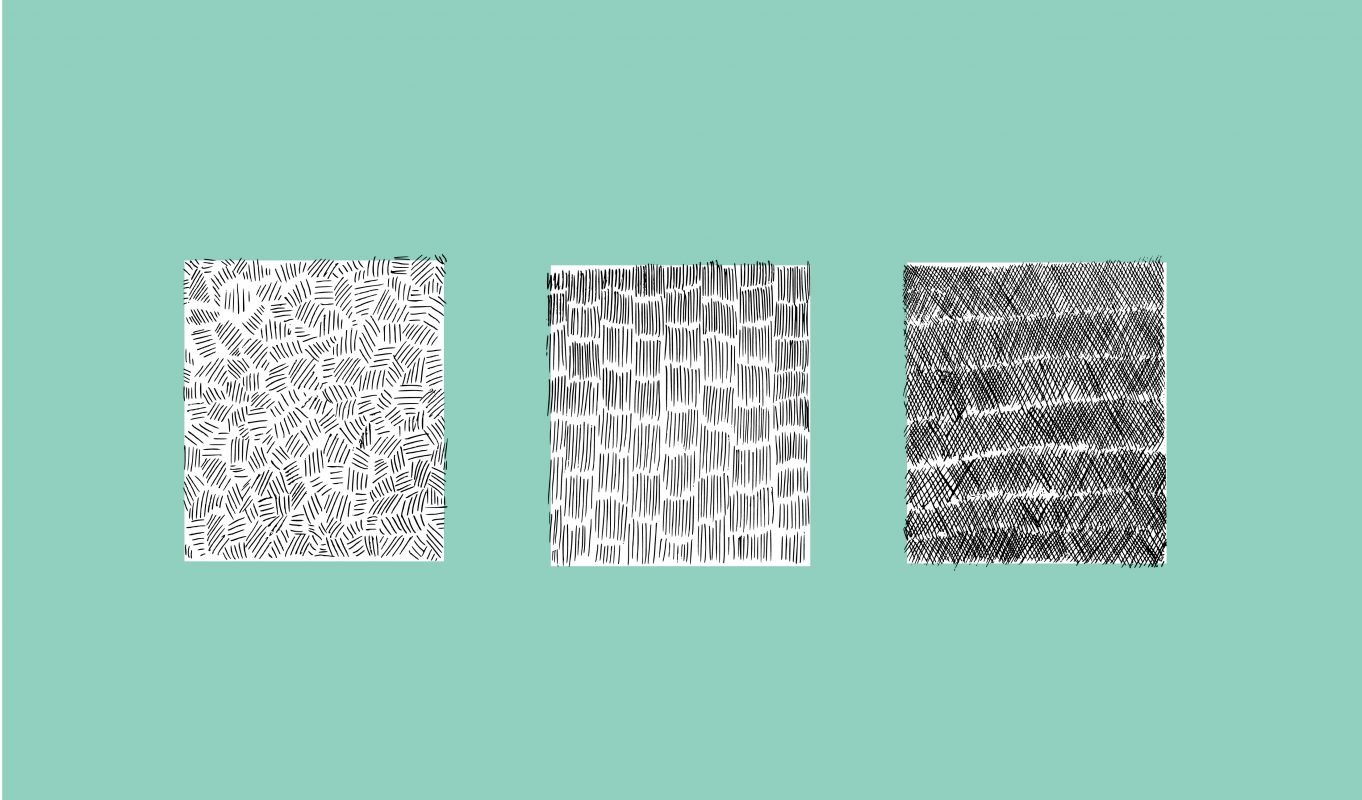
Shading with line
When we stack lines closer together we can create darkness and light. The more lines we place closer together the darker it gets, the fewer the lines we use the lighter it becomes. Artists use this technique to shade objects.

The most common way to do this is with hatching. As artists, we usually use these six types of hatching: parallel hatching, contour hatching, cross-hatching, fine cross-hatching, basket hatching, and stippling. All of these are done by only using lines. For more details on these please watch my video on shading and texture.
Texture with lines – Mark-making
When working with line it’s important to consider mark making. Mark making refers to the various kinds of marks the artist makes, such as the type of line, the pattern, and the texture. This applies to any art material of any surface not only paint on canvas or pencil on paper. A dot made with a pencil, a line pressed with a pen, a swirl painted with a brush – these are all types of mark-making. Every time your brush hits the canvas or your pencil makes a line you are making a mark. It is a fundamental element in making any type of art and it’s how we begin to express emotion, movement, and other concepts we wish to convey in our artwork.
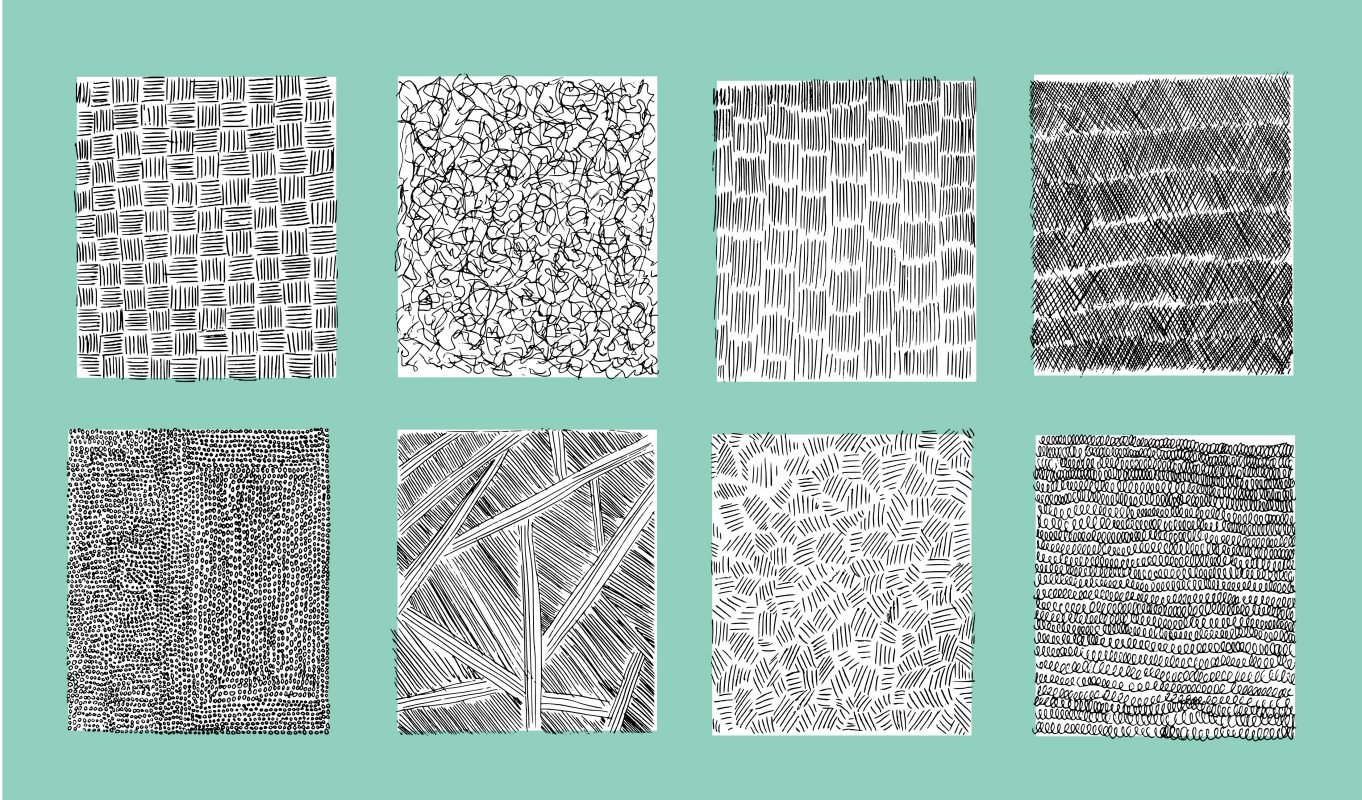
Mark making can be loose or gestural, or structured and controlled such as hatching. Most artists work with a variety of marks in every painting but there are some styles such as pointillism where you just find one type of mark. It’s easy to think of a mark as a building block for whatever you choose to create.
A single mark creates a dot, an extended mark becomes a line, a cluster of marks becomes a shape, and a series of repetitive marks becomes a pattern.
Famous Artist’s use of line
Go and have a look at some famous paintings and see how these artists have used line in their artwork. If we think of Jackson Pollock we think of drips and free-flowing lines and splashes all over the place. If we think of Henri Matisse’s art we think of a simple continuous line that’s quite fine following the figure of a woman or a face looking at Basquiat’s artwork we see rough, coarse, expressive lines done with a lot of feeling, evoking a lot of emotion and in some cases discomfort.
When we look at a Roy Lichtenstein’s artwork we see a lot of use of controlled lines done precisely and with perfection and let’s not forget the master of line Vincent Van Gogh which is known for his little lines or dashes flowing through his artwork no matter what Van Gogh paints we see his line we recognize his art by his unique mark making and line work. His use of line defines his style and has given him world recognition.

Now let’s improve your own art
Now that you know all about lines and line quality and different mark-making techniques, how does this help you to improve your own artwork?
Whenever you look at your artwork I want you to ask yourself:
- Am I using great line quality?
- Am I using various mark-making techniques?
- Does my use of line match the emotion you’re trying to evoke?
I meet a lot of students and usually, they have amazing art heroes that they follow on Pinterest or Instagram and they usually have no idea how to actually achieve that kind of amazing art, and most of the time the issue is with their line application, not varying their lines, their lines are not interesting enough, or they’re not looking closely enough. Art is all about training your eye. and I hope this has helped you to train your eye to see line in a new way I hope you all get to make amazing lines in your artwork and I can’t wait to see your awesome line quality!
FREE online videos available on our YouTube video for each worksheet.

